Fuji X-T1 vs. Leica D-Lux Typ 109 ISO Comparison:
I’ve been raving about the high ISO capabilities of the Leica D-Lux Typ 109, and some of you have emailed me asking me for more info on the D-Lux. So, I figured what better way to demonstrate its high ISO capabilities than to compare it to a camera that I know produces excellent high ISO files. Therefore, I decided to compare it to my Fuji X-T1, and see how it would measure up.
Now, before someone tells me that this comparison is unfair because the D-Lux and the X-T1 are in completely different categories, and therefore, not really designed to compete with one another, I already realize this; there is so much more to these two cameras than just a simple ISO comparison. Still, I thought this would be fun, and therefore, should be taken less seriously and more light-heartedly. I’m curious, and I just wanted to satisfy my curiosity. This is a comparison that I made up pretty quickly, and maybe in the future, I’ll do a more detailed one with better examples.
So, here are the files and some info. I started at 200 ISO, and went up whole stops till I reached 6400 ISO, which is the X-T1’s limit if you want raw files. I set the D-Lux’s zoom to the 35mm equivalent focal length as well as the XF 18-55mm F2.8-4 R LM OIS lens that I used with the X-T1. In terms of aperture, both were set at F4. This is only a noise comparison, so don’t worry about white balance, lighting, sharpness, color, etc. From my experience with the X Series, I feel the X-T1 tends to lean more towards overexposure and the D-Lux leans more towards underexposure, so I used my Sekonic l-358 to try to get a better reading. There are two crops per photo. The left crop is from the X-T1 and the right crop is from the D-Lux. I’ve also included the photos where the crops came from to give you an overall view as the crops don’t always tell the whole story.
Fuji X-T1 vs. Leica D-Lux Typ 109 at 200 ISO:

↑ Fuji X-T1

↑ Leica D-Lux Typ 109
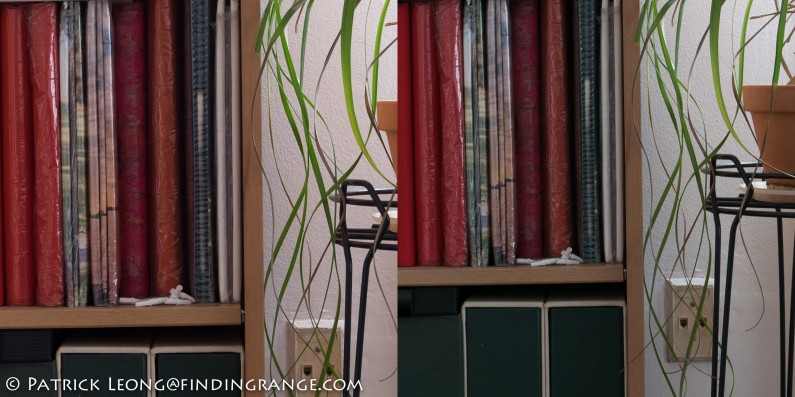
↑ First set of crops
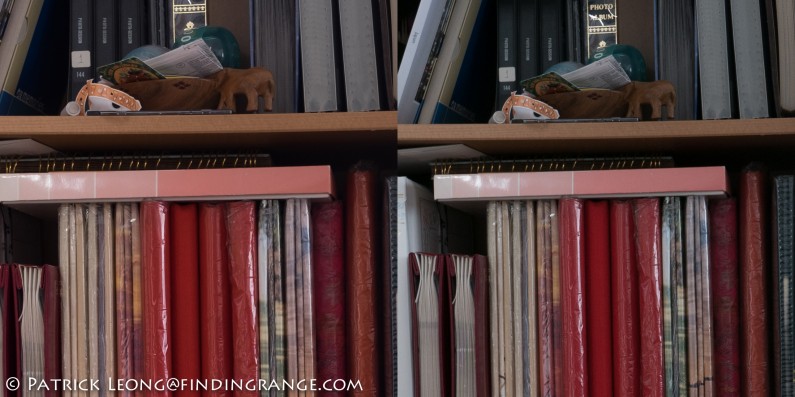
↑ Second set of crops
Fuji X-T1 vs. Leica D-Lux Typ 109 at 400 ISO:
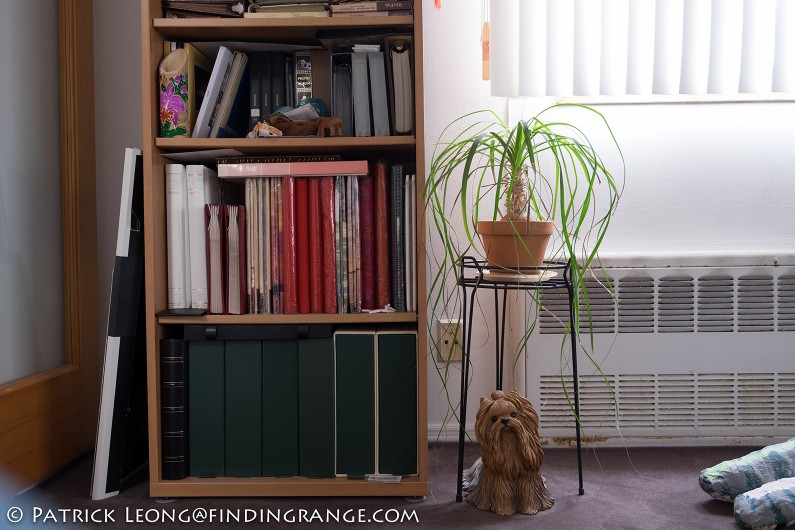
↑ Fuji X-T1
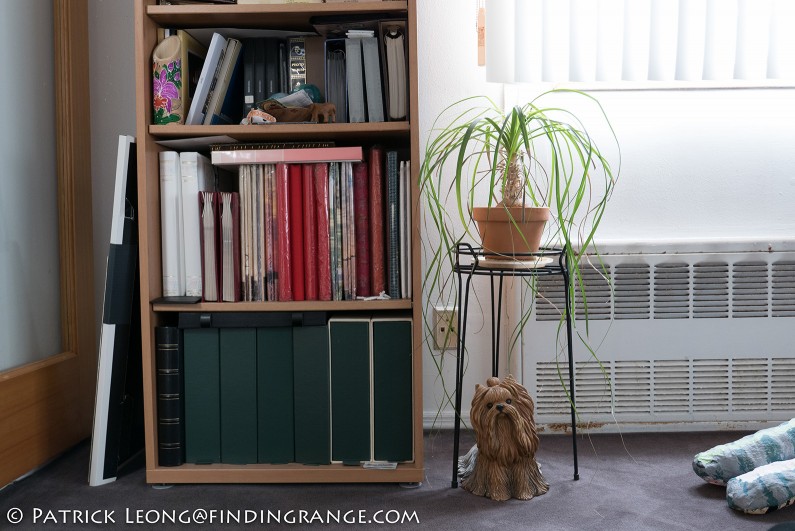
↑ Leica D-Lux Typ 109
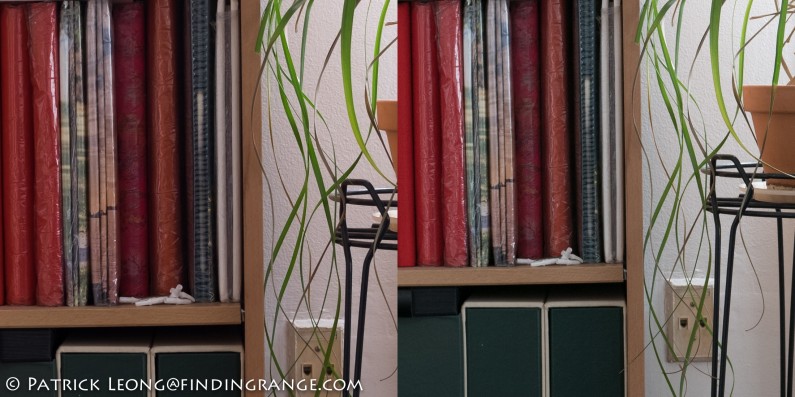
↑ First set of crops
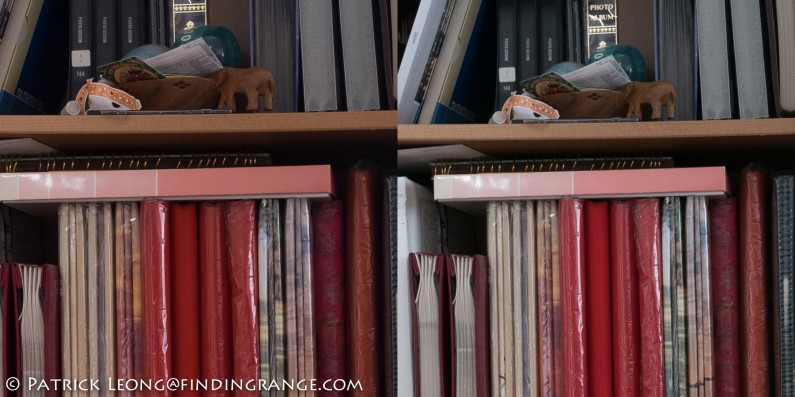
↑ Second set of crops
Fuji X-T1 vs. Leica D-Lux Typ 109 at 800 ISO:
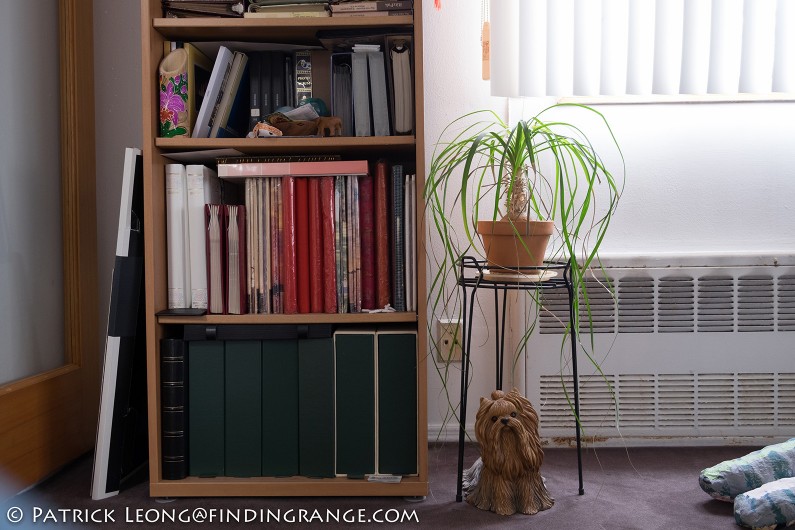
↑ Fuji X-T1
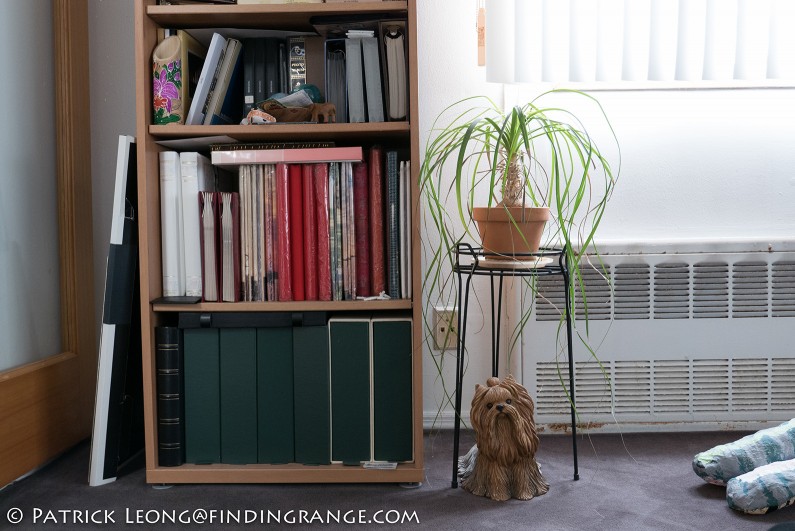
↑ Leica D-Lux Typ 109
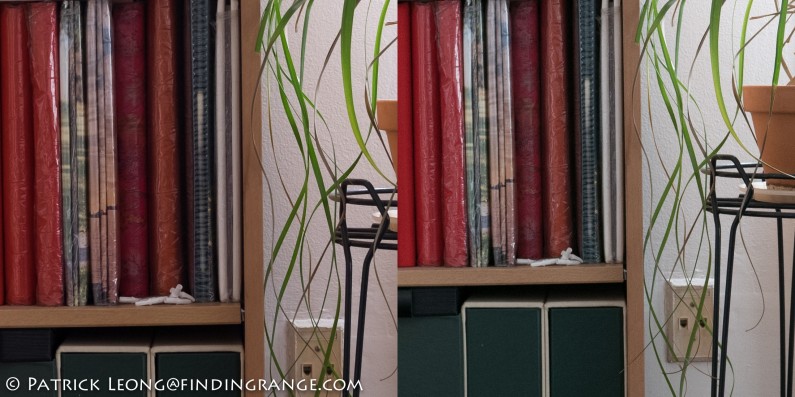
↑ First set of crops
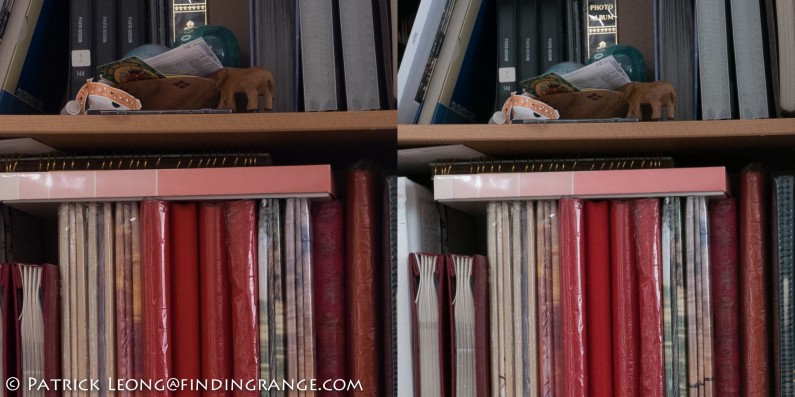
↑ Second set of crops
Fuji X-T1 vs. Leica D-Lux Typ 109 at 1600 ISO:

↑ Fuji X-T1

↑ Leica D-Lux Typ 109

↑ First set of crops
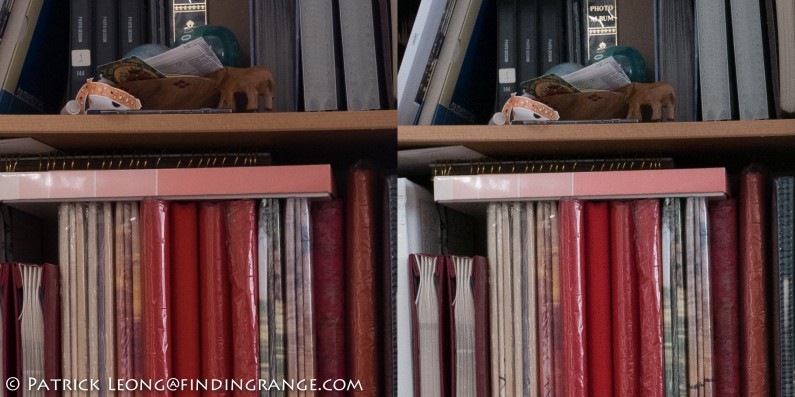
↑ Second set of crops
Fuji X-T1 vs. Leica D-Lux Typ 109 at 3200 ISO:
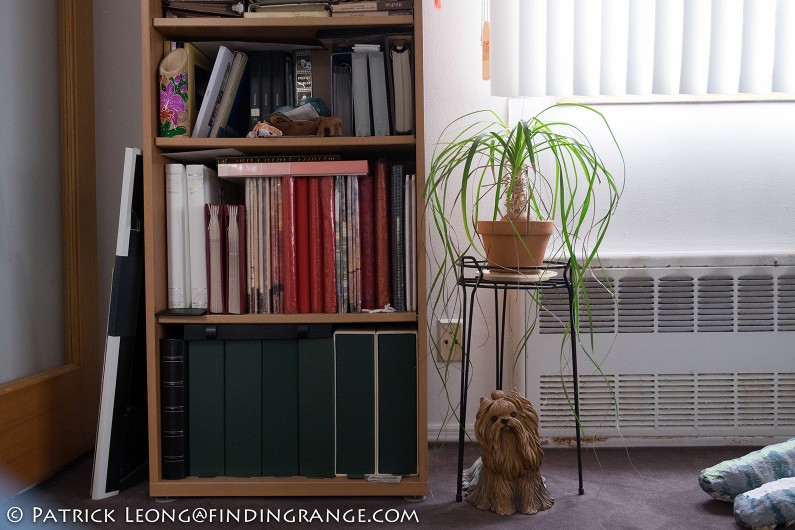
↑ Fuji X-T1
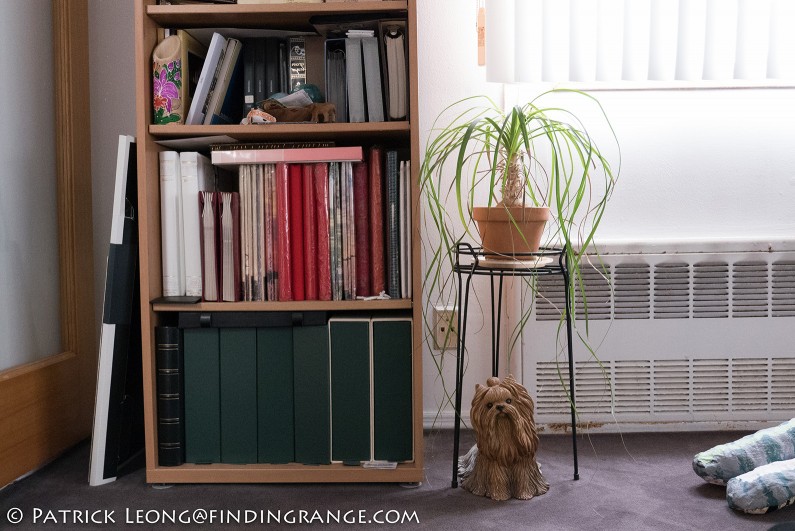
↑ Leica D-Lux Typ 109
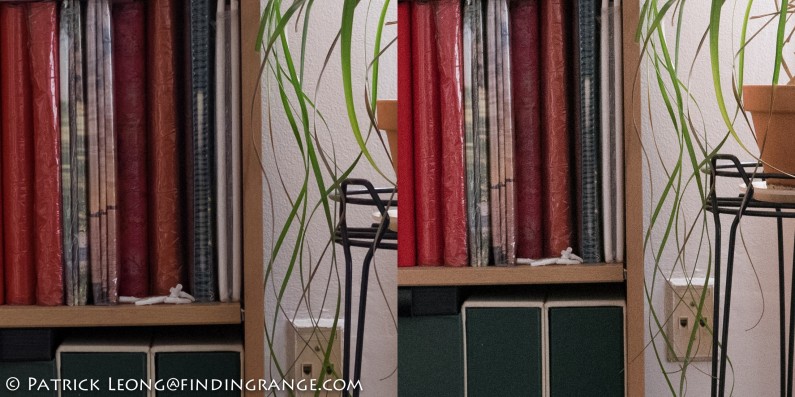
↑ First set of crops
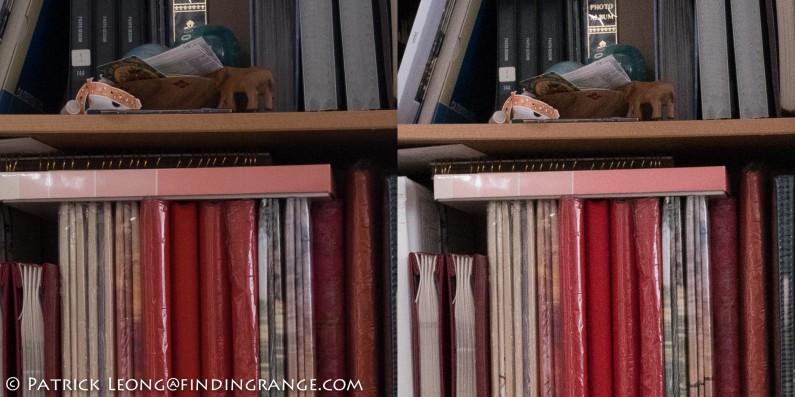
↑ Second set of crops
Fuji X-T1 vs. Leica D-Lux Typ 109 at 6400 ISO:
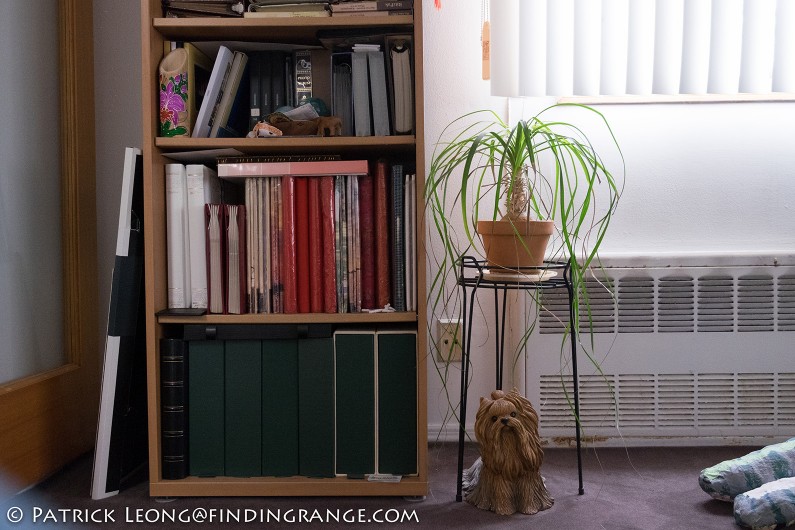
↑ Fuji X-T1
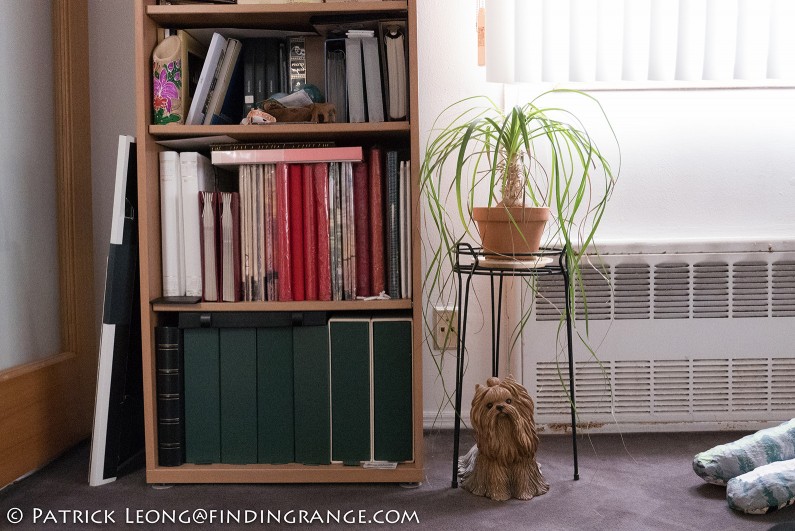
↑ Leica D-Lux Typ 109
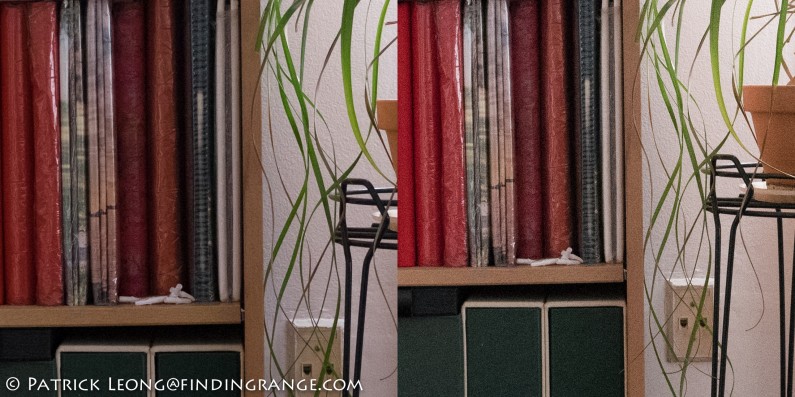
↑ First set of crops
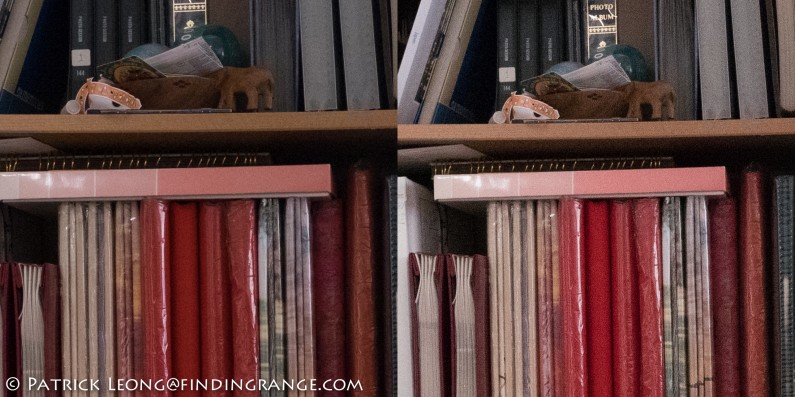
↑ Second set of crops
So, I had a feeling the Fuji X-T1 would win overall, which makes sense because it is a semi-pro to pro interchangeable lens camera with a larger sensor whereas the D-Lux, while being a high end point and shoot, is still just a point and shoot camera. But this wasn’t really about which camera would win, at least for me. I just wanted to show that even thought the D-Lux is a point and shoot, the high ISO capabilities are pretty darn fantastic. The fact that the D-Lux comes pretty close to the X-T1’s high ISO capabilities, at least to my eyes, says a lot about this point and shoot. The truth is, tests like this don’t tell the complete story as shooting in the real world will give us even more of what these two cameras are capable of in terms of ISO. But it still tells us something. For one, it tells us that the D-Lux’s ISO capabilities are good enough that the higher ISO range isn’t there just to make a spec sheet look better; one could use the entire ISO range with this camera and produce excellent photos, which isn’t always necessarily the case in this category of cameras. Check out the 6400 ISO crops; the noise is very well-controlled.
I’ve previously owned the D-Lux 3, 4, and 5, and while I enjoyed the files from all those cameras, the high ISO capabilities were never that great. In this class of camera, that’s expected though. If you want an all-in-one that’s small and has the features expected in a high end point and shoot, there has to be some compromise, and it’s usually the noise levels in terms of ISO. This goes for even cameras like the Fuji X10, the X30, and a lot of other cameras I’ve used in this category. But I’m sure the larger sensor in this latest D-Lux helps, and I definitely have a new found respect for this class of camera now, thanks to this D-Lux. The high ISO capabilities greatly increase the D-Lux’s versatility, and make this point and shoot a better all-in-one (which is basically the goal of a point and shoot), because you know that it won’t be severely limited once you start using the higher ISO ranges.
Thanks for taking the time to read my comparison. If you’re considering buying either of these cameras, and my comparison helped you decide, please help support this site by purchasing from one of the links below or on this site. Thank you for your support!

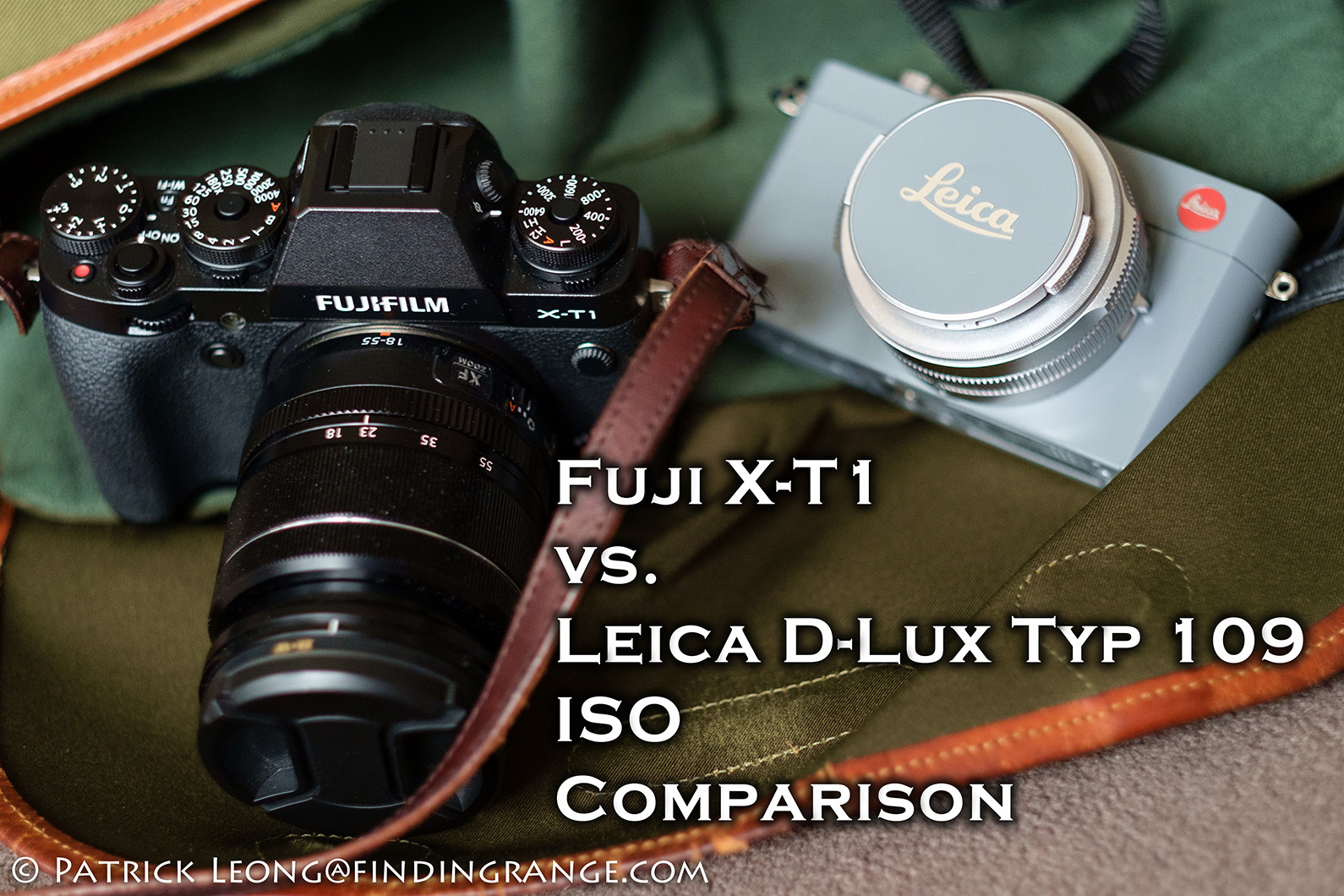
Thank you for a very enjoyable and informative article!
Hi John,
I appreciate you taking the time reading it and stopping by!
Best regards,
Patrick
Good review, Patrick. When travelling I have difficulty choosing among my D-Lux 5, Typ 109, X-T1 or X-e2, as the portability vs image quality is always an issue. Most photos are in daylight, so I always have a soft spot for the D-Lux 5. It’s so small and lightweight, very unintrusive during travel which is important to me. Thanks again, Phil
Thanks, Phil!
I definitely appreciate your feedback, and thanks for taking the time to read it. It’s funny that you mentioned the D-Lux 5 because while I love my Typ 109, I was actually telling my friend the other day that I wish it was more like the D-Lux 5 in terms of size. The Typ 109 really has a lot going for it, such as, the larger sensor, the autofocus, and the analog controls but if Panasonic/Leica could just shrink it down a bit, it would be perfect for me :). By the way, I owned the D-Lux 5 before and it’s a fantastic camera. I regret trading it in. Thanks for stopping by!
Best regards,
Patrick